Best National Trust houses to visit this winter
Head inside a historic stately home, castle or farmhouse looked after by the charity
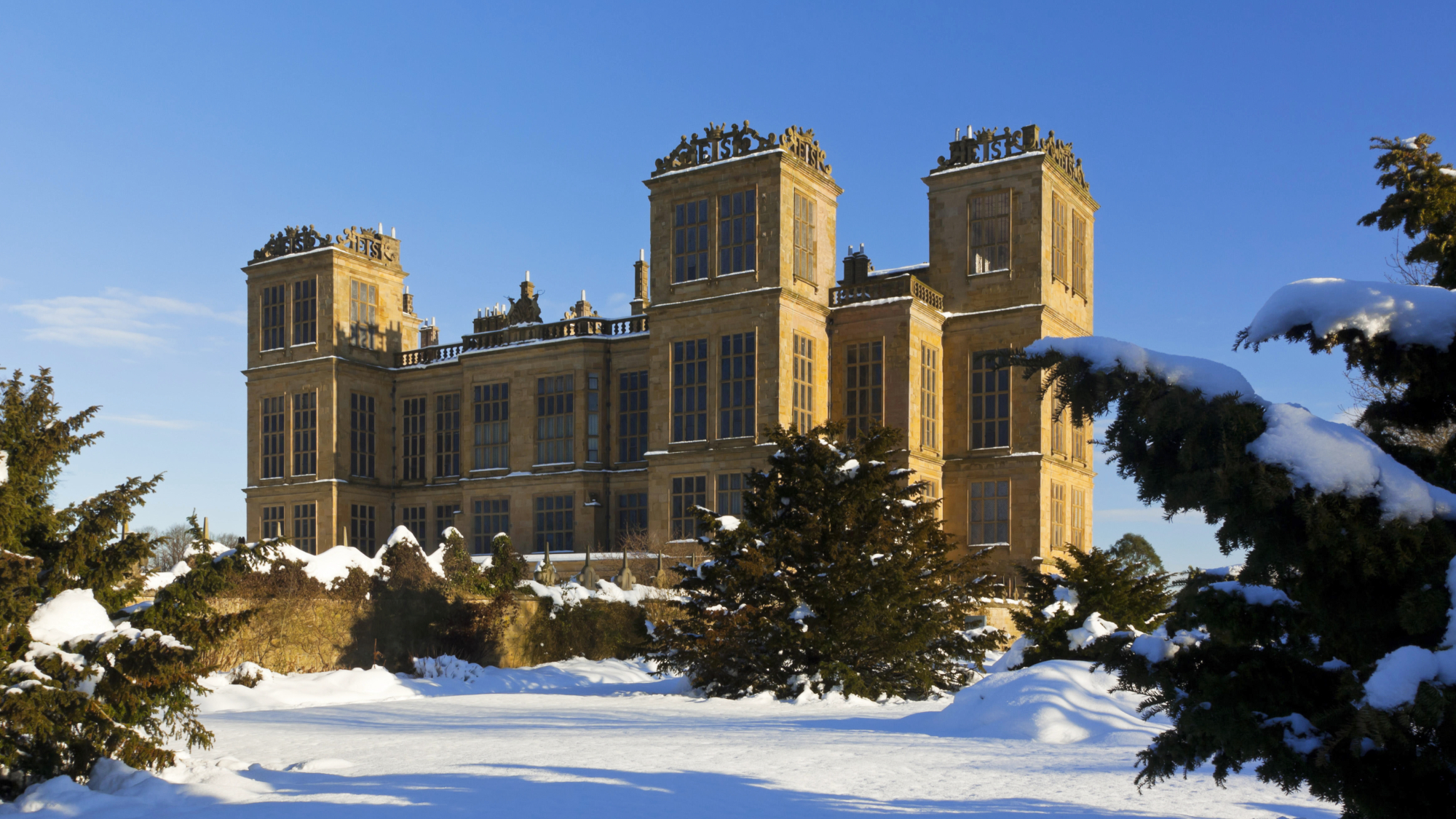
Many National Trust properties are "put to bed" in the winter months, to allow time for repairs and conservation, and just to give them a rest from the impact of more than 20 million visitors a year. But some stunning houses looked after by the charity open their doors at this time of year – do check opening times, as they vary.
Here are five of the best National Trust houses to visit this winter.
Chartwell, Kent
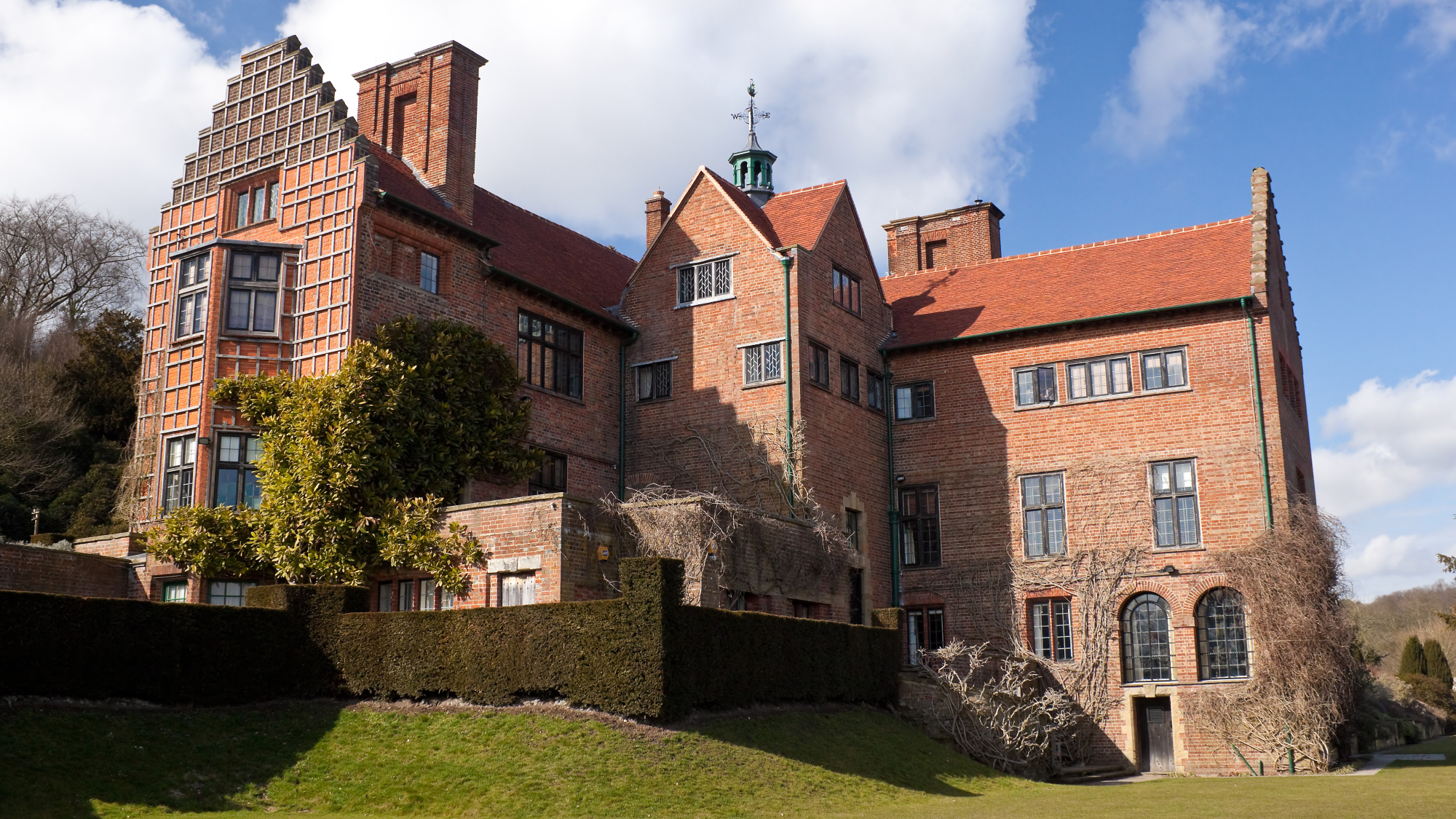
In the village of Westerham on the Kent-Surrey border, this was home to Sir Winston Churchill. He is said to have been moved to buy it "thanks to its peaceful location and the panoramic views across the Weald from its windows", said Great British Life, with easy access to London an advantage. He "bought Chartwell with his wife Clementine in 1922, and it remained their family home until his death in 1965". At this "former family seat", arranged and decorated as it was in the 1930s, you can "peek into the private world of one of Britain's most influential leaders", said CN Traveller. The atmosphere is "incredibly intimate". In the visitors' book, "scribbles from Vivien Leigh, Laurence Olivier and President Truman fill the pages" and Churchill's studio is "jammed to the rafters with his paintings". Outside, take a look at the lakes, "designed by the former prime minister himself", and a treehouse, "inspired by the one Churchill built for his children".
The Week
Escape your echo chamber. Get the facts behind the news, plus analysis from multiple perspectives.

Sign up for The Week's Free Newsletters
From our morning news briefing to a weekly Good News Newsletter, get the best of The Week delivered directly to your inbox.
From our morning news briefing to a weekly Good News Newsletter, get the best of The Week delivered directly to your inbox.
2 Willow Road, London
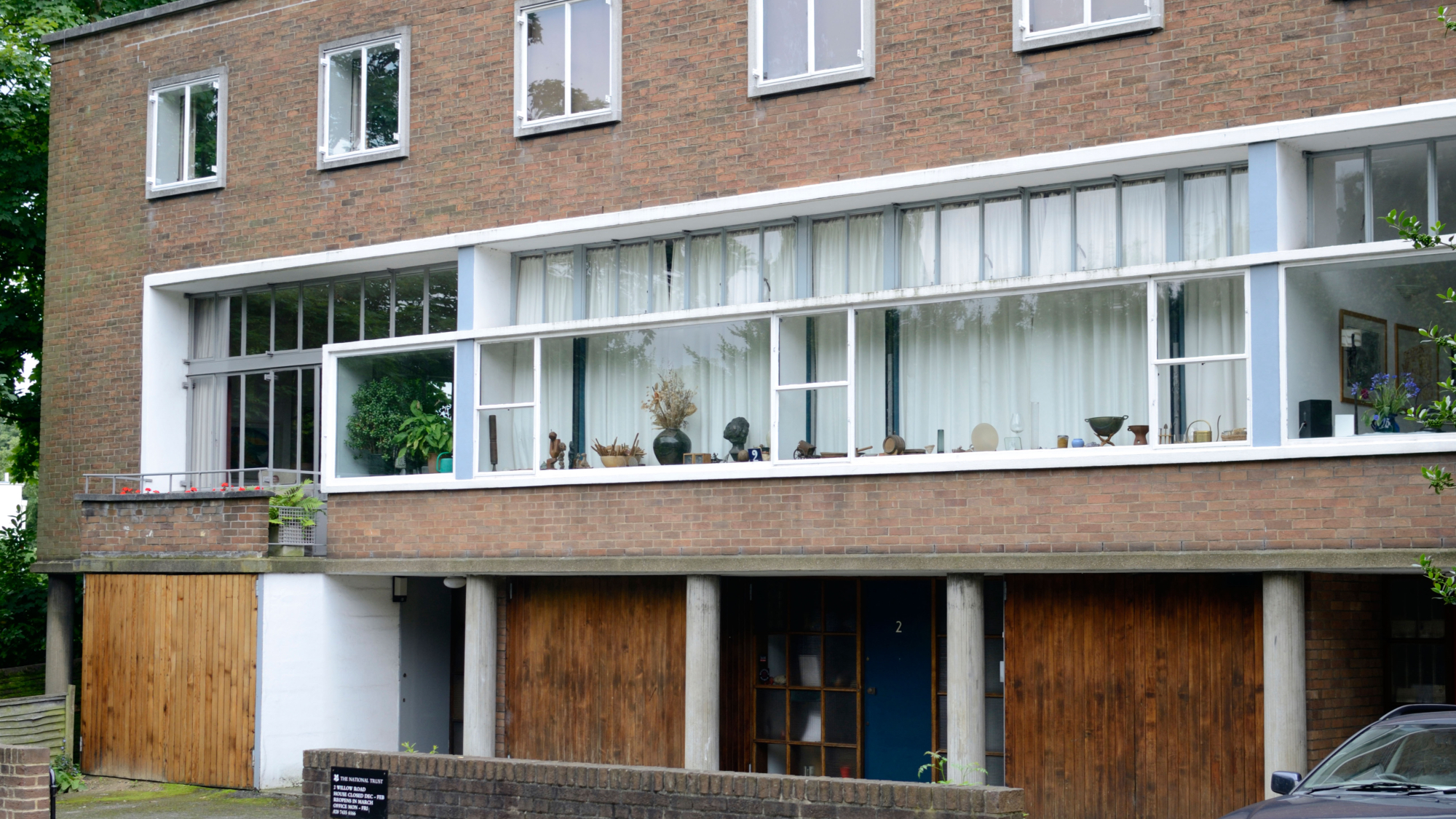
Near Hampstead Heath is the 1930s family home of Hungarian architect Ernö Goldfinger, "all ribbon windows and rationalist red brick", said the London Evening Standard. At its centre is a spiral staircase "illuminated by a circular skylight", designed by Danish engineer Ove Arup "to save on superfluous landings". A "modernist mecca", it stands out among the surrounding Victorian villas, and was controversial when it was built, and "so horrified neighbour Ian Fleming that the fallout produced a Bond villain". Today, the "controversy seems an absurdity". Inside, it's "warm, timber-clad and uncluttered", said The Telegraph, and "folding doors and sliding partitions create flexible spaces". It also contains an impressive art collection: "a bonus, especially seen so close-up, with works by artists from Man Ray to Bridget Riley".
Lindisfarne Castle, Northumberland
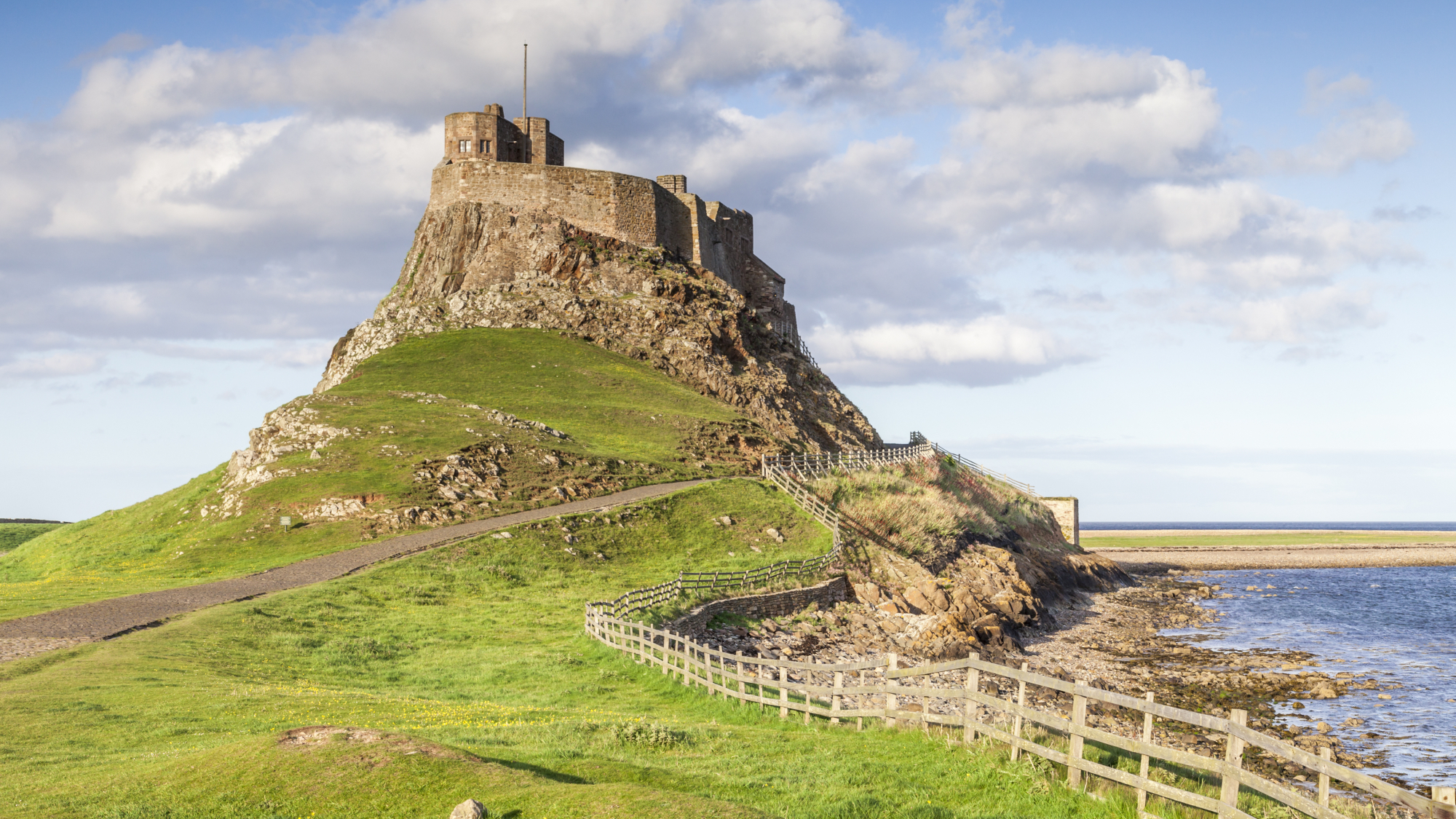
This remote castle "had over 500 years of history from its beginnings as a defensive fortress to becoming a holiday home", said The Sun. It's set on Holy Island, connected to the mainland "via a long causeway, which is only accessible at low tide", so you need to "check the crossings on the day". Perched on a rocky outcrop above the shoreline, it has recently been restored to how it was in the early 1900s, "when it was given a makeover by the future Cenotaph architect Edwin Lutyens for Edward Hudson, founder of Country Life magazine", said the Daily Mail. The interiors are arranged "just as they would have been when Hudson gave a house party in 1918". There's also "300-year-old graffiti left by the long-gone garrisons that awaited Scottish invasion here", and the kitchen "where Hudson's kippers were fried on a huge range". From the dining-room window – where Lutyens added a stepped niche "so that children could clamber up too" – look out on the walled garden designed by the acclaimed gardener Gertrude Jekyll.
A free daily email with the biggest news stories of the day – and the best features from TheWeek.com
Hill Top, Cumbria
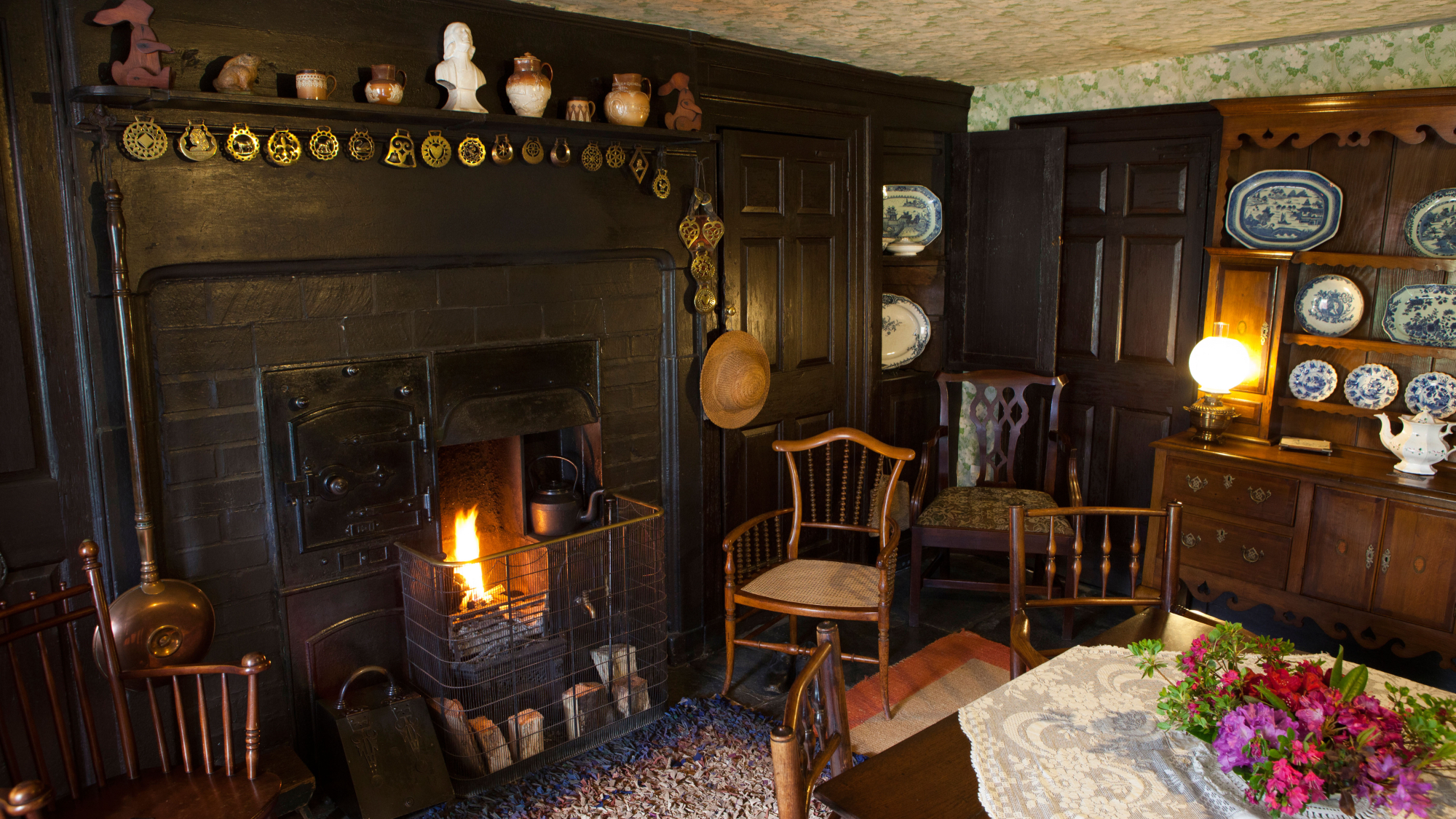
Beatrix Potter bought the 17th-century farmhouse retreat "with the royalties from 'The Tale of Peter Rabbit'", said Radio Times, and it was the "setting for five more adventures". The interior "feels oddly familiar" with "instantly recognisable" corners, including "the stove where Tom Kitten hides, and a dresser which Anna Maria scurries past – a rat in a pinny carrying a wodge of stolen dough. Crouch down and you'll spot a mousehole and an oak table leg gnawed by tiny teeth." The house is "furnished as she left it when she died in 1943", said The Telegraph. "In the entrance hall are her straw hat and clogs, in the bedroom are the bed hangings that she embroidered."
Hardwick Hall, Derbyshire

One of England's most popular National Trust properties, and built by Bess of Hardwick, four-times married and "once the second-wealthiest woman in the country", said The Telegraph. Its generously glazed appearance is honoured by the local rhyme: "Hardwick Hall, more glass than wall", because "all three storeys of the stately home are almost entirely dominated by windows", said Great British Life, "which grow in size as the building soars upwards". It was designed by Robert Smythson, who was the "first master stonemason in England to be recognised as an architect". Explore the staterooms and apartments of one of "Britain's grandest stately homes", including the "fantastic" Long Gallery, occupying the whole east front. Measuring 50 metres long and eight metres high, it is the "largest surviving Elizabethan gallery in England" and is "sumptuously decorated" with a large collection of paintings and the vast 16th-century Gideon Tapestries, recently restored after 24 years of work.
Adrienne Wyper has been a freelance sub-editor and writer for The Week's website and magazine since 2015. As a travel and lifestyle journalist, she has also written and edited for other titles including BBC Countryfile, British Travel Journal, Coast, Country Living, Country Walking, Good Housekeeping, The Independent, The Lady and Woman’s Own.
-
 Let these comedians help you laugh your way through winter
Let these comedians help you laugh your way through winterThe Week Recommends Get some laughs from Nate Bargatze, Josh Johnson and more
-
 The 8 best drama movies of 2025
The 8 best drama movies of 2025the week recommends Nuclear war, dictatorship and the summer of 2020 highlight the most important and memorable films of 2025
-
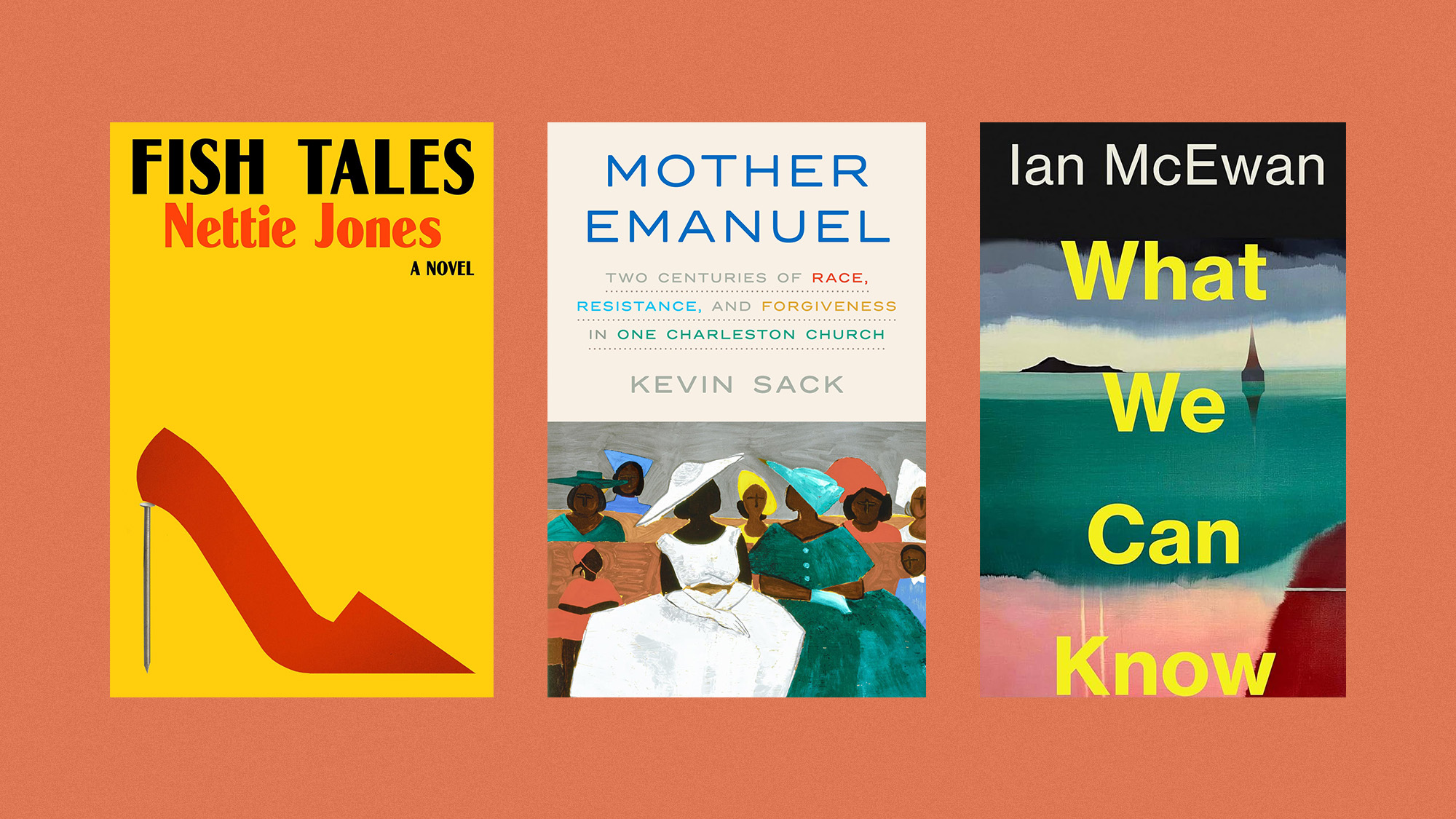 The best books of 2025
The best books of 2025The Week Recommends A deep dive into the site of a mass shooting, a new release from the author of ‘Atonement’ and more
-
 The best music of 2025
The best music of 2025The Week Recommends These were some of the finest releases of the past year
-
 The 8 best comedy series of 2025
The 8 best comedy series of 2025the week recommends From quarterlife crises to Hollywood satires, these were the funniest shows of 2025
-
 8 touring theater productions to see this winter, all across the United States
8 touring theater productions to see this winter, all across the United Statesthe week recommends New shows and reconsidered productions are on the move
-
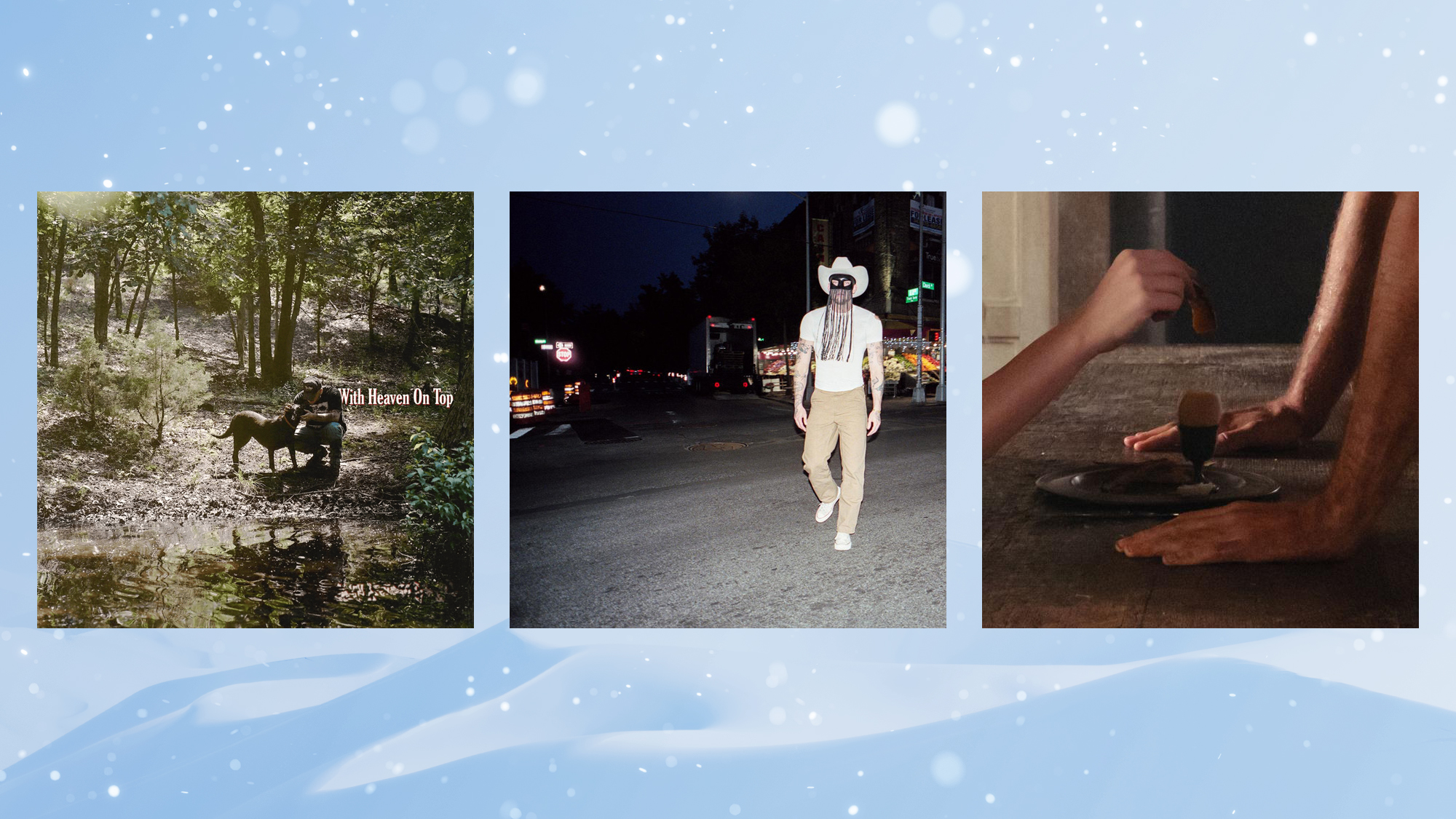 10 upcoming albums to stream during the winter chill
10 upcoming albums to stream during the winter chillThe Week Recommends As the calendar turns to 2026, check out some new music from your favorite artists
-
 One great cookbook: Natasha Pickowicz’s ‘More Than Cake’
One great cookbook: Natasha Pickowicz’s ‘More Than Cake’the week recommends The power of pastry brought to inspired life


